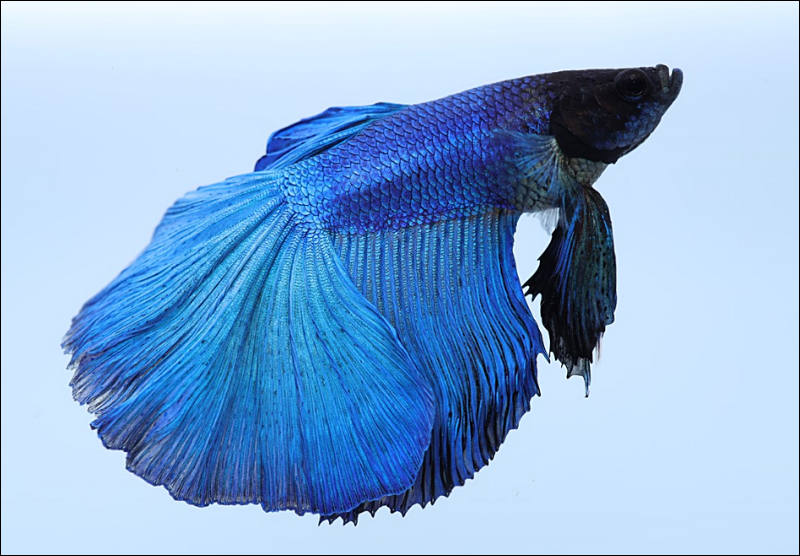
-
I am sorry but in 2018 there should be no 4K crop on a "Full Frame" camera. What were they thinking? On that point alone they fail.
-
For me Canon Bit Nikon with few thinks: Price,!!!! Kit lens to 105 Nikons kit at f4 makes no sence, AF Dual and eye focus
-
Official samples



 sa4542.jpg800 x 526 - 64K
sa4542.jpg800 x 526 - 64K
 sa4543.jpg800 x 556 - 77K
sa4543.jpg800 x 556 - 77K -
@konjow An f/4 lens makes a lot of sense for a number of things. If you want to bring a nice camera with you when backpack hiking and/or traveling and your primary use case is taking photos of landscapes/cities in daylight, carrying an f/2.8 lens offers very few benefits other than increasing calories burned while carrying it all day and making you a more attractive target for robbery.
An f/4 lens wide open on full frame can still provide pretty nice separation/bokeh so it can even be used (somewhat) for portraits.
-
The sponsored bloggers grapevine is promptly hammering out the BIG news.
-

 sa4550.jpg800 x 529 - 93K
sa4550.jpg800 x 529 - 93K -
@eatstoomuchjam yes f4 is good for 24 105 but not for 24 70 here 2,8 is better
-
Shutter sounds
-
@konjow "Better" is subjective. A 24-70 f/4 is an excellent small travel lens.
-
That can be right... Never thought that way I dont travel with camera :)
-

 sa4572.jpg799 x 530 - 115K
sa4572.jpg799 x 530 - 115K -

 sa4579.jpg800 x 474 - 55K
sa4579.jpg800 x 474 - 55K -
New firmware coming soon
- Eye detect AF in continuous shooting
- New touch bar functions
- Continuous shooting with silent shutter
- Small improvements in video, crop will stay same
-
From interview
- EOS-R sensor is not the same as the one used by the 5DIV. The new sensor has been refined and with new micro lenses and with addition of Dual Pixel AF.
- Image Quality of the EOS-R will be higher than that of any other Canon DSLR camera thanks to the new sensor, new processor and the new high performing lenses
- Sensor stabilization absent because of the costs, the heating issue and size issues. But they will consider adding on sensor stabilization on future models
- We can expect lower and higher end EOS-R models to be released in the near future
- Canon is considering making a 8k Cinema EOS-R camera
-
Canon has created a....GH4. Crop in 4K. Internal recording disabled when outputting 10bit.
How very 2014 of Canon!
-
Poor people can preorder EOS R now
-
Interview with IR
NOTE!!! IR this year became like some kind of PR agency, lite version, for both Nikon and Canon. Like story of "Nikon made" sensors was all other the top. take all their materials with big grain of salt.
As is the case with the new Nikon Z7 and Z6 full-frame mirrorless cameras, the autofocus points in the EOS R are all horizontally-oriented line-type points, meaning they're sensitive only to subject detail in that direction.
Logic tells me that camera do not have such points AT ALL, and just use Dual Pixels.
Most mirrorless cameras use a combination of PDAF and CDAF; phase-detect gets the lens close to the correct focus, then contrast-detect fine-tunes it. This appears not to be the case with the EOS R, though. When I asked whether it had a hybrid AF system, the engineers replied that no, it was always only phase-detect.
Well, David has issue understanding how DPAF works, hence such questions. And even worse, inaccurate answer.
Conventional separate-sensor PDAF systems have reached an incredible level of sophistication and ability, so matching their performance is the defining challenge of the mirrorless revolution.
Conventional DSLR sensors have HUGE issues with lot of subjects. And even more issues with alignment.
They said that relative AF performance depended on the subject; that the EOS R would win sometimes and the 5D IV or 1D X II other times. They didn't elaborate on what subjects they thought each would be best at, but I thought it was significant that it wasn't all one way, and that the EOS R in fact would win some AF matchups, even against some of Canon's top SLRs.
Of course it can win. You can provide lot of scenarios where simplest slow contrast AF will win hand down also.
Being able to position a large rear lens element very close to the sensor brings a lot of advantages for optical design, and Nikon make a big point of this in talking about their new Z-mount, which has a flange depth of only 16mm.
Actually it is mostly reverse. For portability they select small flange distance. But it introduces optical design issues, especially for wide lenses. So you are FORCED to make it larger to reduce angle of light hits the outer areas of the sensor, especially FF one. It is CHEAPER and simpler to make lens for old mounts.
As was the case with Nikon's new Z-mount, the reason for the new contacts is to increase the communication bandwidth between the lens and camera body. The old-style 8-contact arrangement comes from decades ago, when the camera and lens needed only infrequent, low-information communication. ("Shift focus to this distance" ... "Are you there yet?" ... "Yes, I am.")
Each time I reach such - I want to vomit. David, go and read something like SATA or PCI-E specs.
Old style arrangement had been needed for 4bit (and later 8bit) extremely stupid and slow simplest processors inside DSLRs.
I believe here main goal is to make closed and encrypted protocols more complex and allow them to deal and check each individual chip inside lenses. And have nothing to do with any speed.https://www.imaging-resource.com/news/2018/09/15/canon-eos-r-qa-with-the-canon-engineers
Howdy, Stranger!
It looks like you're new here. If you want to get involved, click one of these buttons!
Categories
- Topics List23,964
- Blog5,723
- General and News1,342
- Hacks and Patches1,151
- ↳ Top Settings33
- ↳ Beginners254
- ↳ Archives402
- ↳ Hacks News and Development56
- Cameras2,361
- ↳ Panasonic990
- ↳ Canon118
- ↳ Sony154
- ↳ Nikon96
- ↳ Pentax and Samsung70
- ↳ Olympus and Fujifilm99
- ↳ Compacts and Camcorders299
- ↳ Smartphones for video97
- ↳ Pro Video Cameras191
- ↳ BlackMagic and other raw cameras121
- Skill1,961
- ↳ Business and distribution66
- ↳ Preparation, scripts and legal38
- ↳ Art149
- ↳ Import, Convert, Exporting291
- ↳ Editors191
- ↳ Effects and stunts115
- ↳ Color grading197
- ↳ Sound and Music280
- ↳ Lighting96
- ↳ Software and storage tips267
- Gear5,414
- ↳ Filters, Adapters, Matte boxes344
- ↳ Lenses1,579
- ↳ Follow focus and gears93
- ↳ Sound498
- ↳ Lighting gear314
- ↳ Camera movement230
- ↳ Gimbals and copters302
- ↳ Rigs and related stuff272
- ↳ Power solutions83
- ↳ Monitors and viewfinders339
- ↳ Tripods and fluid heads139
- ↳ Storage286
- ↳ Computers and studio gear560
- ↳ VR and 3D248
- Showcase1,859
- Marketplace2,834
- Offtopic1,319
















